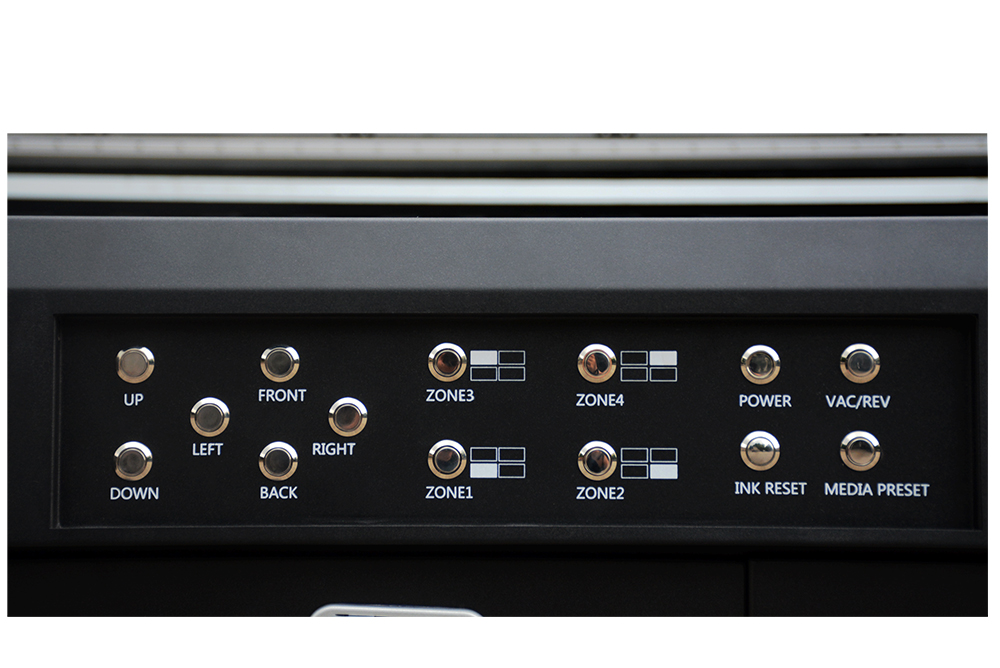Understanding the Basics of UV Flatbed Printer Technology
In today’s digital age, where personalized and high-quality printing is in demand across industries, UV flatbed printers have emerged as a game-changer. Whether you’re a small business owner, a creative professional, or a manufacturing expert, understanding the basics of UV flatbed printer technology can open doors to innovative solutions. This article dives into the core aspects of UV flatbed printing, its applications, and future trends.

Introduction to UV Flatbed Printing
UV (ultraviolet) flatbed printing is a modern digital printing technique that uses ultraviolet light to cure (or harden) ink as it’s applied to a substrate. Unlike traditional printing methods that rely on heat or evaporation to dry ink, UV technology ensures instant drying, resulting in vibrant, durable prints. This method has gained popularity for its ability to print on a wide range of materials, from rigid substrates like wood, metal, and glass to flexible ones like fabric and plastics.
How UV Flatbed Printers Work
The process begins with a design file fed into the printer’s software. The printer’s print heads move across the flatbed, depositing UV-curable ink onto the substrate. Once the ink is applied, ultraviolet lamps positioned above the bed emit high-intensity light, causing the ink to polymerize and harden instantly. This “curing” process ensures the ink adheres firmly to the material, producing prints that are resistant to scratching, fading, and moisture.
One of the standout features of UV flatbed printers is their ability to print in white ink. This is particularly useful for printing on dark or transparent materials, as the white ink acts as a base layer, ensuring colors appear vivid and true.
Key Components of UV Flatbed Printers
To fully grasp UV flatbed technology, it’s essential to understand its core components:
Print Heads: These spray tiny droplets of ink onto the substrate with precision. Advanced print heads can handle multiple colors, including white and varnish for special effects.
UV Lamps: Positioned strategically, these lamps emit ultraviolet light to cure the ink. Some printers use LED-UV lamps, which are more energy-efficient and produce less heat.
Flatbed Platform: The substrate rests on a flat, stable surface during printing, ensuring even ink distribution and high-quality results.
Software: User-friendly software allows operators to control print settings, adjust colors, and manage print jobs efficiently.
Advantages of UV Flatbed Printing
The benefits of UV flatbed printing are numerous:
Versatility: Print on virtually any material, from rigid boards to flexible fabrics, without pre-treatment.
Durability: Instant curing creates prints that resist wear, tear, and environmental factors like UV rays and moisture.
Speed: UV printers operate faster than traditional methods, reducing production time and increasing efficiency.
Cost-Effectiveness: While initial investment may be higher, the long-term savings in ink, maintenance, and labor make it a cost-efficient choice.
Eco-Friendly: UV inks are often low in volatile organic compounds (VOCs), making them safer for the environment and operators.
Applications Across Industries
UV flatbed printing’s versatility has led to its adoption in various sectors:
Advertising and Signage: Create eye-catching banners, billboards, and displays that withstand outdoor conditions.
Interior Design: Print custom wallpapers, murals, and decorative panels for homes and commercial spaces.
Manufacturing: Add logos, serial numbers, or decorative patterns to products like phone cases, furniture, and automotive parts.
Packaging: Produce high-quality labels, boxes, and packaging materials with vibrant graphics and textures.
Art and Photography: Artists and photographers use UV printers to create gallery-worthy prints on canvas, metal, and acrylic.
Environmental and Safety Considerations
While UV flatbed printing offers numerous advantages, it’s crucial to address environmental and safety concerns:
UV Exposure: Operators should wear protective gear (e.g., UV-blocking goggles) to avoid eye damage from prolonged exposure to UV light.
Ink Disposal: UV inks, though low in VOCs, still require proper disposal to prevent contamination.
Energy Efficiency: Opt for printers with LED-UV lamps to reduce energy consumption and heat output.
Future Trends in UV Flatbed Technology
The future of UV flatbed printing looks promising, with several trends shaping its evolution:
Automation and Integration: UV printers will increasingly integrate with robotics and AI to streamline production and reduce human error.
Enhanced Inks: Researchers are developing inks with improved flexibility, adhesion, and sustainability.
3D Printing Capabilities: Some UV printers now offer 3D printing options, expanding their application in prototyping and manufacturing.
Sustainability Focus: As environmental awareness grows, UV printers will likely adopt more eco-friendly materials and processes.
Conclusion
UV flatbed printer technology represents a significant leap in digital printing, offering unmatched versatility, durability, and efficiency. From advertising and interior design to manufacturing and art, its applications are limited only by imagination. As the technology continues to evolve, businesses and professionals can expect even more innovative solutions to meet their printing needs. By understanding the basics of UV flatbed printing, you’re better equipped to harness its potential and stay ahead in today’s competitive market.
Whether you’re exploring new printing opportunities or seeking to upgrade your current setup, UV flatbed printers are a powerful tool worth considering. Embrace the future of printing—one UV-cured layer at a time.
